Thumb-Sided Wrist Pain in Climbers: A Case for De Quervain’s Tenosynovitis
Finally, a sunny day is in the forecast with pristine conditions. You make the trek out to work your bouldering project: the one involving a lot of funky pinch grips and thumb catches. After attempting this problem for several weeks, you link together the crux and come out on top!
You’re elated; however on the ride back home, you notice wrist pain at the base of your thumb. After giving it some thought, you realize this area has actually been nagging you for a while, but now it is impossible to ignore. That evening, you try to unwind by playing video games and texting with your friends, reminiscing on the great day. You head back to your 9-5 job for the week, waiting for your symptoms to improve, but it only seems to be getting worse. What could be going on?
This climber is likely experiencing a condition known as De Quervain’s Tenosynovitis. De Quervain’s is typically caused by overuse or an increase in repetitive activity, characterized by pain and tenderness at the base of the thumb. Within this region lies two tendons: the extensor pollicis brevis (EPB) and abductor pollicis longus (APL), which act to extend and abduct the thumb, respectively.
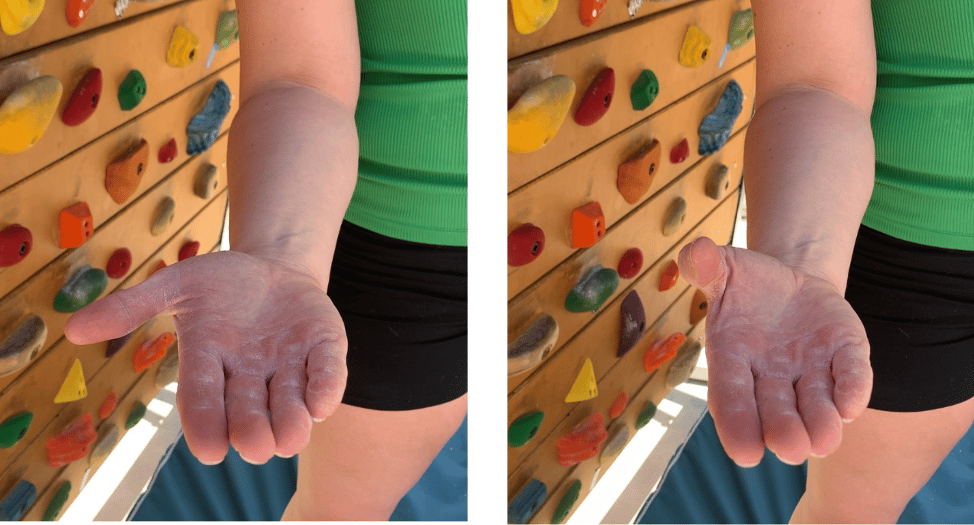
The tendon sheath produces synovial fluid, which acts to reduce frictional forces on the tendons during everyday actions involving the thumb. With this condition, repetitive gliding of these tendons can create shearing forces and subsequent microtrauma (9). The tendons and their sheath lie underneath the extensor retinaculum: a fibrous band of tissue that holds the tendons of the extensor muscles in place. Thickening of the extensor retinaculum has been associated with De Quervain’s (2,3,9), and in severe cases, extensor retinaculum thickening has been shown to be three to four times greater than normal (5).
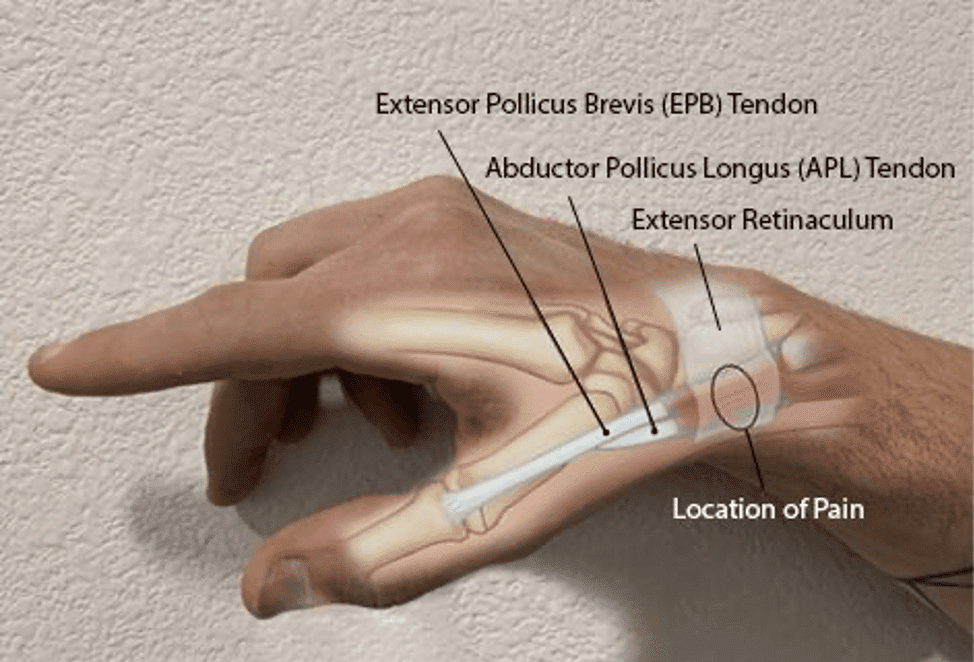
Activities that involve forceful grasping with ulnar deviation or awkward wrist positions may predispose or exacerbate the issue (2,4,9). Some individuals exhibit anatomical variations in this region of the wrist, which may also be a factor in developing De Quervain’s (7).
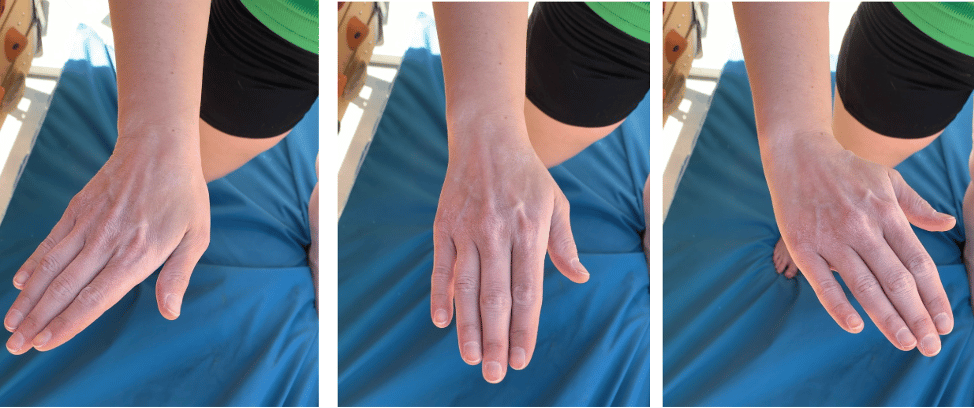
During rock climbing, our wrist and hand take on a variety of different positions as we make our way up the wall. The thumb in particular may participate in several ways; however, it is commonly involved when performing pinch grips. The pinch is a wildly complex movement, requiring the coordination of both extrinsic and intrinsic muscles of the hand and thumb. There are eight different muscles involved with the movement of the thumb, and depending upon the type of pinch grip, hand/wrist positioning, and direction of force, some muscles and their associated tendons may have more involvement than others.
With the wrist positioned in neutral, the major thumb muscles involved in the act of pinching an object are the adductor pollicis and the opponens pollicis muscles, as it pulls our thumb inward toward our palm and toward the rest of our digits. In this position, the APL and EPB tendons associated with De Quervain’s are placed at minimal stress.
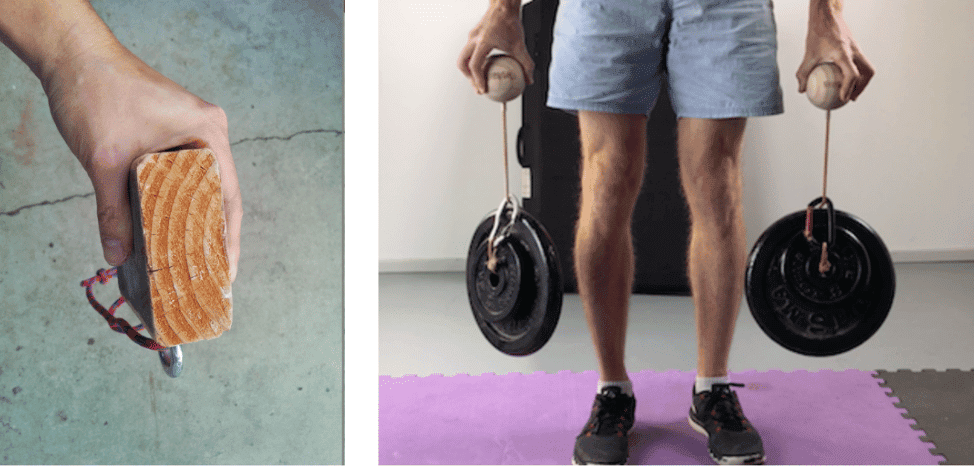
The APL and EPB tendons may become aggravated however when grabbing high front-facing vertical pinches. When grabbing this hold type, the wrist is forced into excessive ulnar deviation, which may place strain on the tendons as you apply load (shown below). From this position, the climber must then resist downward forces to the thumb as the body moves up to the next hold. Hangboarding or training with this type of vertical pinch grip can also be aggravating to the region.
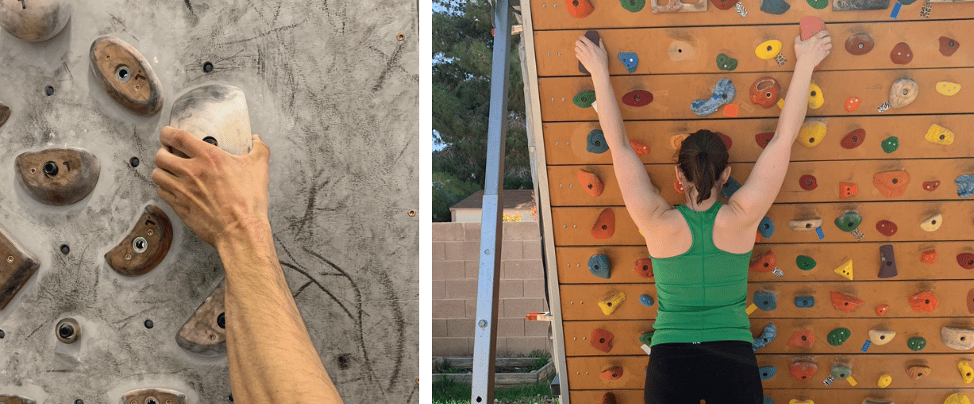
Other potential sources of irritation may be due to repeated closed crimping, which places the thumb joint in abduction and extension (shown left). With an open hand, climbers may also be unknowingly straining these tendons by over-engaging the thumb with a 3 finger drag grip, instead of allowing the thumb to relax by its side (shown right).

With multipitch or big wall climbing, other factors may be worth noting as well, as this type of climbing could potentially cause repetitive stressors to the thumb while jumaring, hauling, and top down belaying.
The climber mentioned in the beginning of this article has a 9-5 job, which most likely involves a lot of repetitive typing and computer mouse work. In addition, the climber seems to do other things that involve repetition of the thumb, such as texting and playing video games. It is possible that the climber developed this condition not from climbing initially, but from his repetitive daily activities. The bouldering project could have exacerbated his pre-existing problem.
Signs and Symptoms of De Quervain’s Tenosynovitis include:
- Swelling of the radial (thumb side) of the base of the wrist
- Pain with near the base of the thumb
- Aggravation of symptoms with repeated gripping, pinching, or grasping
- Decreased pinch or grip strength (6)
Assessment
The Finkelstein Test
The Finkelstein Test is the most commonly performed test to diagnose De Quervain’s Tenosynovitis. The individual places his or her thumb inside of the fist as the examiner passively moves the thumb into ulnar deviation. A positive test is indicated by a subjective report of pain at the base of the thumb.
Treatment Strategies: The Rock Rehab Pyramid
The rock rehab pyramid was developed by physical therapist and rock climber Dr. Jared Vagy in his book Climb Injury-Free. This injury prevention and rehabilitation system developed for rock climbers structures the rehabilitation process into four distinct levels with general rules used to determine a climber’s appropriateness for progression to the next level.
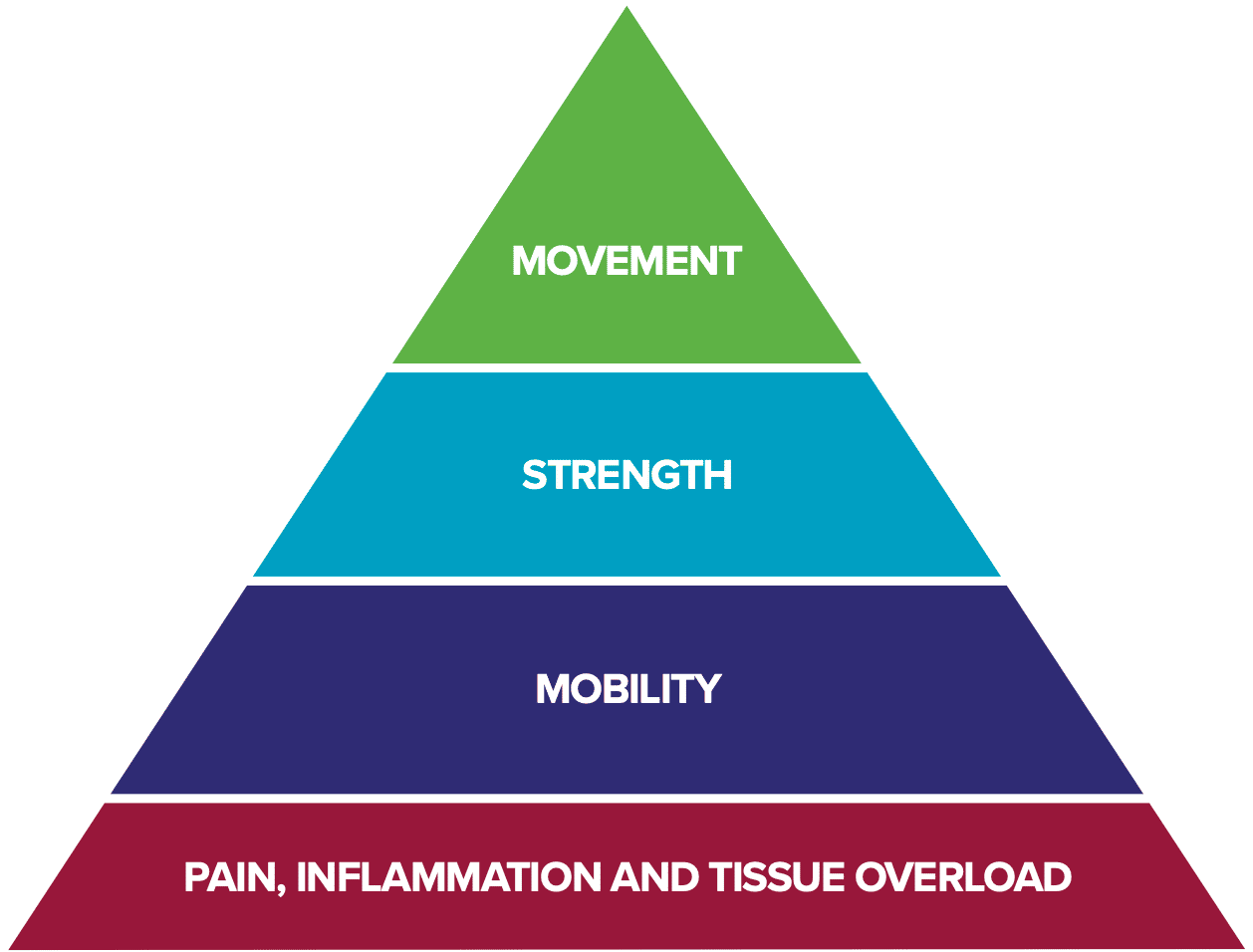
As pictured, the rock rehab pyramid begins after injury and is broken down into the pain, inflammation and tissue overload phase where unloading techniques are used to allow the injured tissue to heal, the mobility phase where techniques are focused on breaking up fibrotic adhesions and promoting tissue mobility, the strength phase to build strength and help prevent future injury, and the movement phase where technique and movement strategies are introduced to promote proper movement mechanics.
Step 1: Unload + Activity Modification
In the case of acute pain and inflammation, avoiding activities that stress the thumb are necessary.
- Take a break from any repetitive activities involving your wrist and hand. This includes texting, typing, playing video games, etc. Perhaps consider a vertical facing computer mouse to decrease the amount of repetitive wrist deviation required.
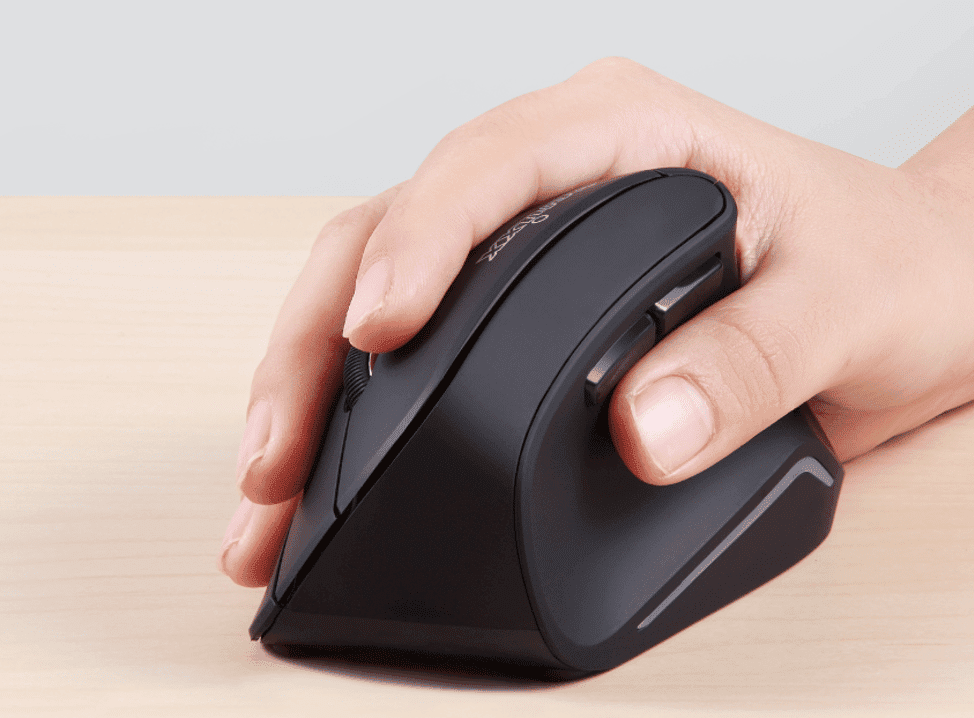
- Modify your climbing by focusing on other types of moves that don’t involve pinches or closed crimps. Consider more slab climbing to take weight off of your upper extremity.
- In some cases, thumb spica splints have been shown to be helpful to unload this area in the initial healing stages (8)
Step 2: Mobility
After 3-7 days of initial unloading, gentle wrist mobility and stretching is appropriate for most cases.
- Self massage with movement
- Begin with the hand in radial deviation. Using the opposite hand, run your thumb down the length of the tendon to massage the area, while slowly dropping your wrist to the pinkie side. Use a bit of lotion to help with the glide. Repeat 5-10 times.
- Thumb adductor stretch
- With your opposite hand, stretch the thumb away from the hand. Hold 15- 20 seconds and repeat 2-3 times.
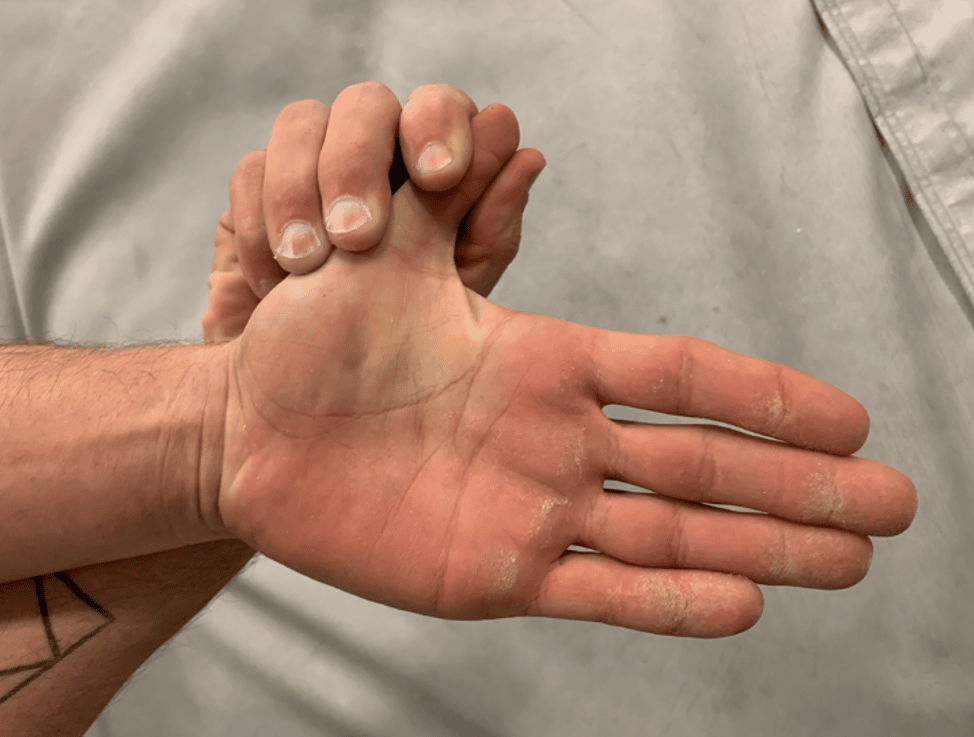
- Dynamic wrist stretches
- In a quadruped position, move each hand between wrist flexion and extension as shown. Perform 30 seconds to 1 minute several times daily to maintain mobility of the wrist joint.
Step 3: Strength
Isometric strength training has been shown to be an effective strategy for reducing pain associated with certain musculoskeletal conditions (10). Eccentric strengthening has demonstrated efficacy in the treatment of chronic tendinopathies, as well as some application in the treatment of De Quervain’s (1,5,9).
- Isometric Thumb Extension and Abduction
- Using a rubber band, hold your thumb in each position shown. Begin with a 5-10 second hold x5 for each position. Progress by adding additional rubber bands or weight.
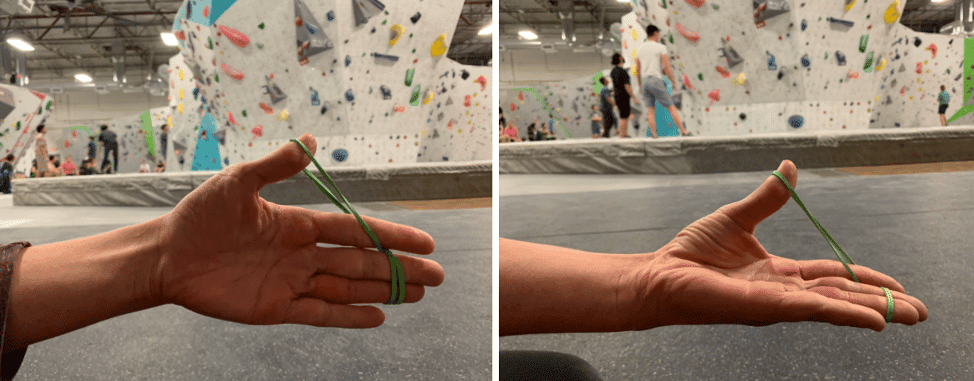
- Isometric Hammer Curls
- Hold dumbbell in position as shown. Begin with a 5-10 second hold x5 repetitions. Progress by adding weight or increasing the time under tension.
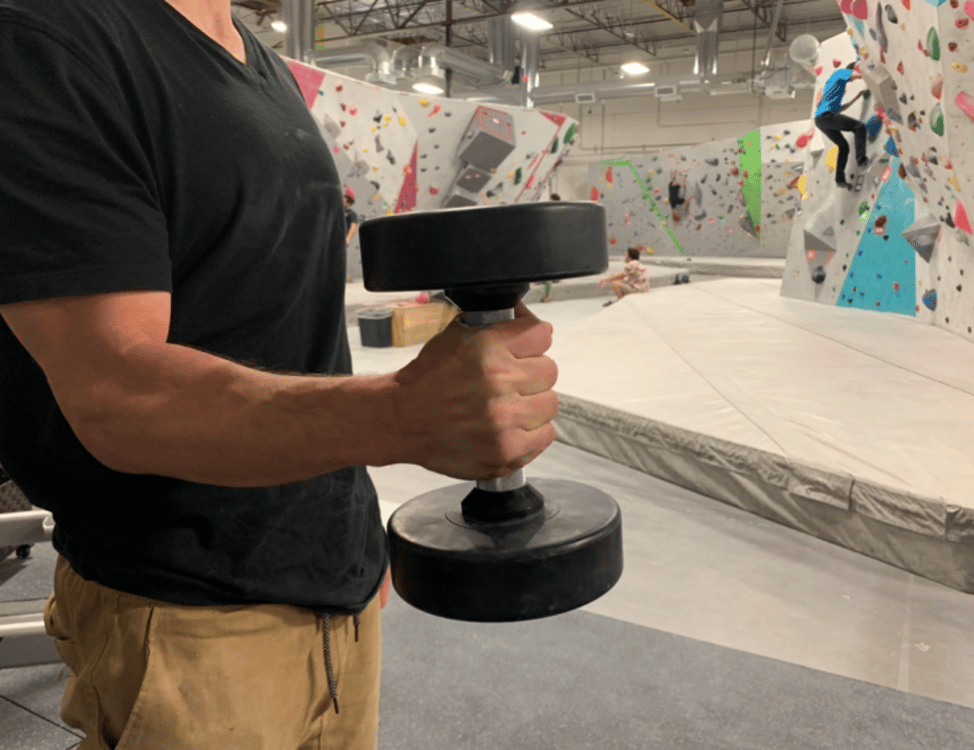
- Eccentric Thumb Extension and Abduction
- Using a rubber band, assist thumb into each position using your opposite hand, and control the thumb as it moves toward the palm. Progress by adding rubber bands or weights hanging from the thumb.
Retraining your pinch grip may be done simultaneously with the previous exercises. Try out some of these methods in order to keep your pinch grip strong without placing the wrist into awkward or aggravating positions:
- Pinch grip isometrics with arm at side. Use a plate, a 2×4, or a tension block with weights.
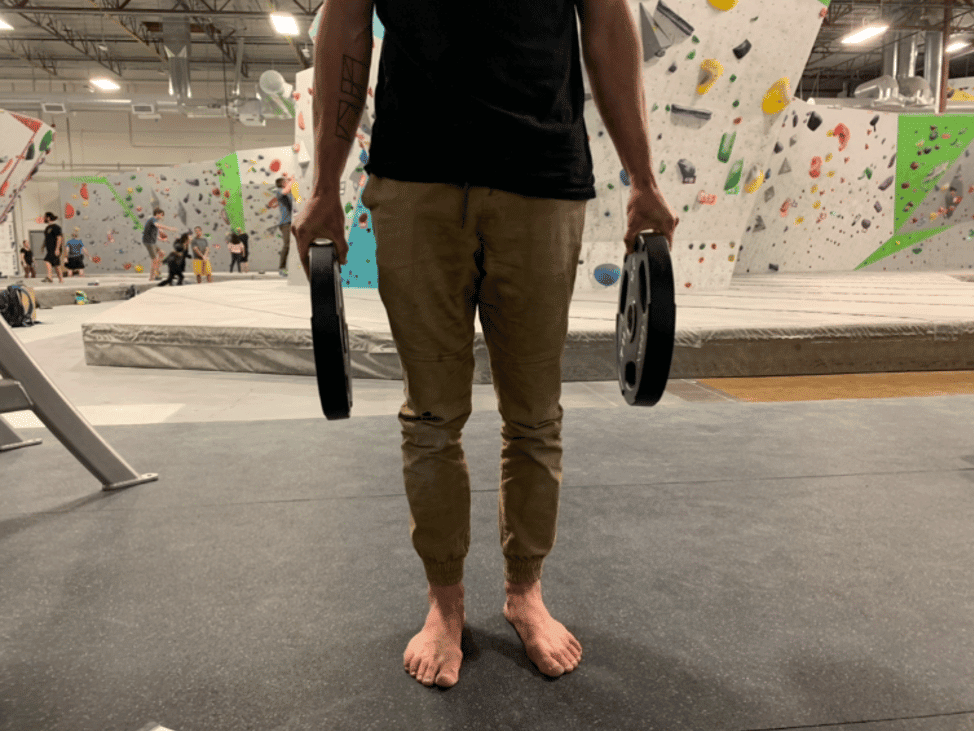
- Pinch grip with arms overhead. Using training balls allows your wrist to stay in a more ergonomic position. Lie on your back with arms overhead or begin standing and enter a front lever or modified front lever position, with feet on the wall.
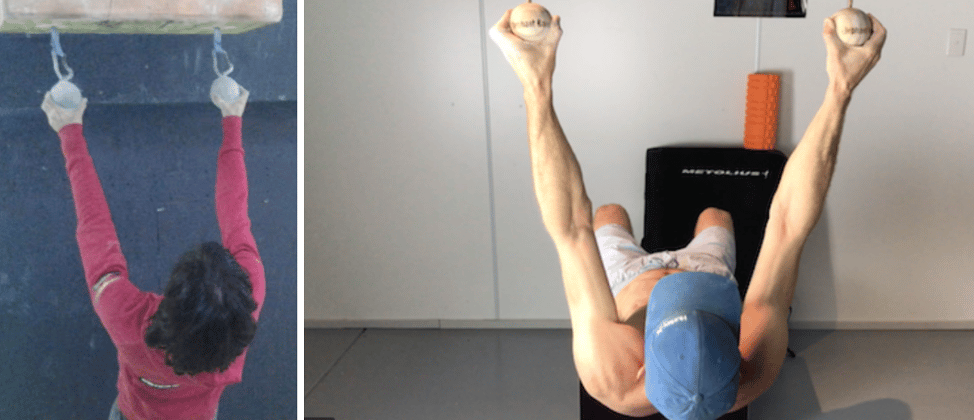
Consider the size & depth of the pinch in order to vary the stimulus and mimic specific climbing moves you want to train.
Step 4: Movement
Movement tips for climbing, training, and reducing risk of injury in the future:
- Be conscious of the amount of repetitive ulnar deviation that a climbing move demands. Consider your technique and general body positioning to place your wrist into a more neutral position if possible.
- Switch up the type of pinch grip training you are performing to strengthen the thumb and intrinsic hand muscles in many different positions.
- Consider wide armed pinch training, grabbing the bottom or base of the hold to place the wrist in a more neutral position, or using a hangboard with a more ergonomic pinch grip.
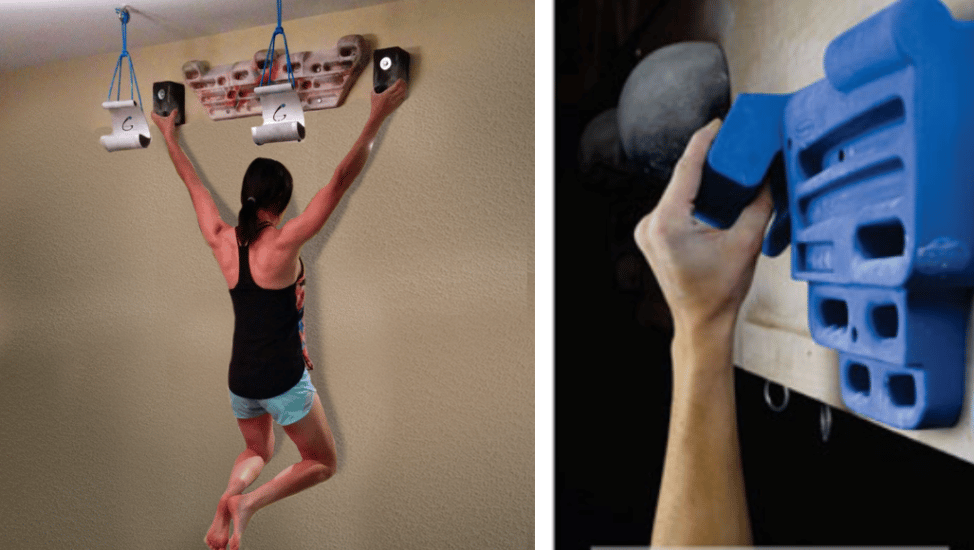
- Consider repetitive activities done commonly outside of climbing that may be contributing: computer work, video games, texting, etc. De Quervain’s is also prevalent in new moms, as the position of holding a newborn baby places similar stresses on the area.
When To See a Medical Practitioner
Having a good healthcare practitioner on your side is always a good idea when navigating through an injury or rehab process. Appropriate rest, exercise, and training dosages vary for each individual, so if you’re feeling unsure, it’s best to reach out. Physical therapists and other healthcare professionals are trained in the diagnosis and management of DeQuervain’s Tenosynovitis, and finding someone in your area that specializes in working with rock climbers can be a huge asset. In the event that conservative management is ineffective, a practitioner will be able to refer you to a specialist as needed.
About The Author
Jennifer is a physical therapist, college professor, and rock climber in Las Vegas, Nevada. She is a graduate of the University of Maryland School of Medicine with a Doctorate degree in Physical Therapy. Jennifer is the owner of Onsight Movement, a physical therapy practice located in Las Vegas, Nevada dedicated to treating rock climbers. She also serves as an Adjunct Faculty at the College of Southern Nevada teaching Anatomy & Physiology.
Jennifer is a member of the American Physical Therapy Association’s Orthopedic Section, and holds a certification in Dry Needling from the American Academy of Manipulative Therapy. When not practicing physical therapy, Jennifer can be found climbing in Red Rocks or the surrounding areas and spending time with her fiance, Dylan.
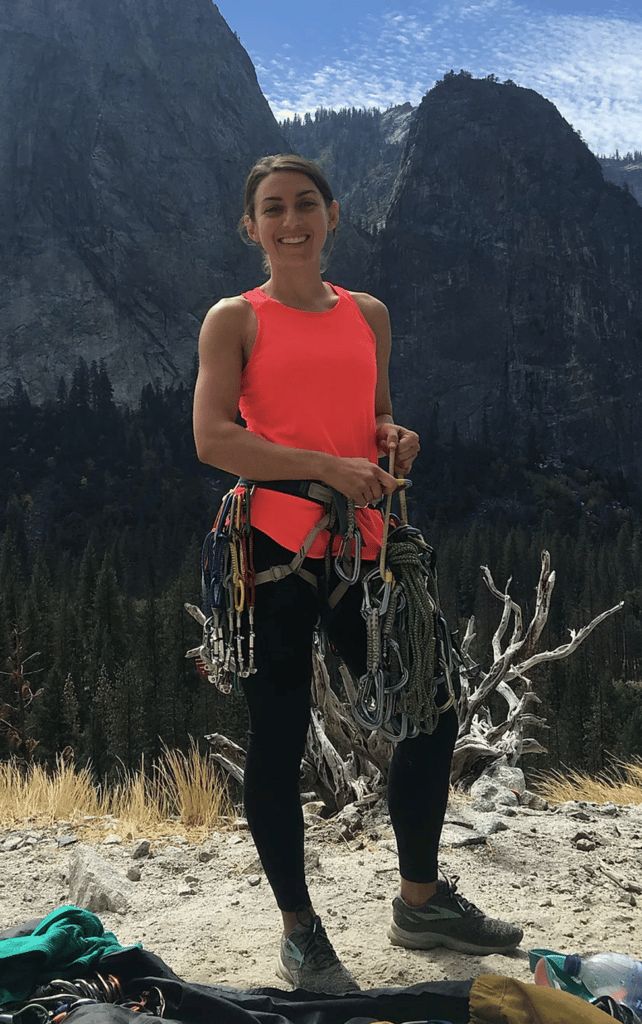
If you have any questions, feel free to contact Jennifer via email below.
Jennifer Sauers, PT, DPT
Doctor of Physical Therapy
Owner, Onsight Movement
jennifer@onsightmovement.com
www.onsightmovement.com
The Research
(1) Rabin A, Israeli T, Kozol Z. Physiotherapy management of people diagnosed with de quervain’s disease: a case series. Physiother Can. 2015 Aug;67(3):263-7
(2) Goel R, Abzug JM. De quervain’s tenosynovitis: a review of the rehabilitative options. Hand (N Y). 2015 Mar;10(1):1-5
(3) Huisstede BM, Coert JH, Fridén J, Hoogvliet P; European HANDGUIDE Group. Consensus on a multidisciplinary treatment guideline for de quervain disease: results from the European HANDGUIDE study. Phys Ther. 2014 Aug;94(8):1095-110
(4) Kutsumi K, Amadio P, Zhao C. Gliding resistance of the extensor pollicus brevis tendon and abductor pollicus longus tendon within the first dorsal compartment in fixed wrist positions. Journal of Orthopaedic Research. 2005; 243-248
(5) Papa J. Conservative management of de quervain’s stenosing tenosynovitis: a case report. Journal of Canadian Chiropractic Association. 2012 Jun; 56 (2): 112-120
(6) Fournier K, Bourbonnais D, Arsenault J. Thumb and pinch weakness in de quervain’s disease. Journal of Hand Therapy. 2004 Jan; 17 (1) 79-80
(7) Jyoti A, Nath Roy A, De C. A cadaveric study of the first dorsal compartment of the wrist and its content tendons: anatomical variations in the Indian population. Journal of Hand Microsurgery. 2012; 4 (2) 55-59
(8) Sprouse RA, McLaughlin AM, Harris GD. Braces and Splints for Common Musculoskeletal Conditions. Am Fam Physician. 2018;98(10):570–576.
(9) Howell ER. Conservative care of de Quervain’s tenosynovitis/tendinopathy in a warehouse worker and recreational cyclist: a case report. J Can Chiropr Assoc. 2012;56(2):121–7
(10) Rio E, van Ark M, Docking S, et al. Isometric Contractions Are More Analgesic Than Isotonic Contractions for Patellar Tendon Pain: An In-Season Randomized Clinical Trial. Clin J Sport Med. 2017;27(3):253–259.
- Disclaimer – The content here is designed for information & education purposes only and the content is not intended for medical advice.


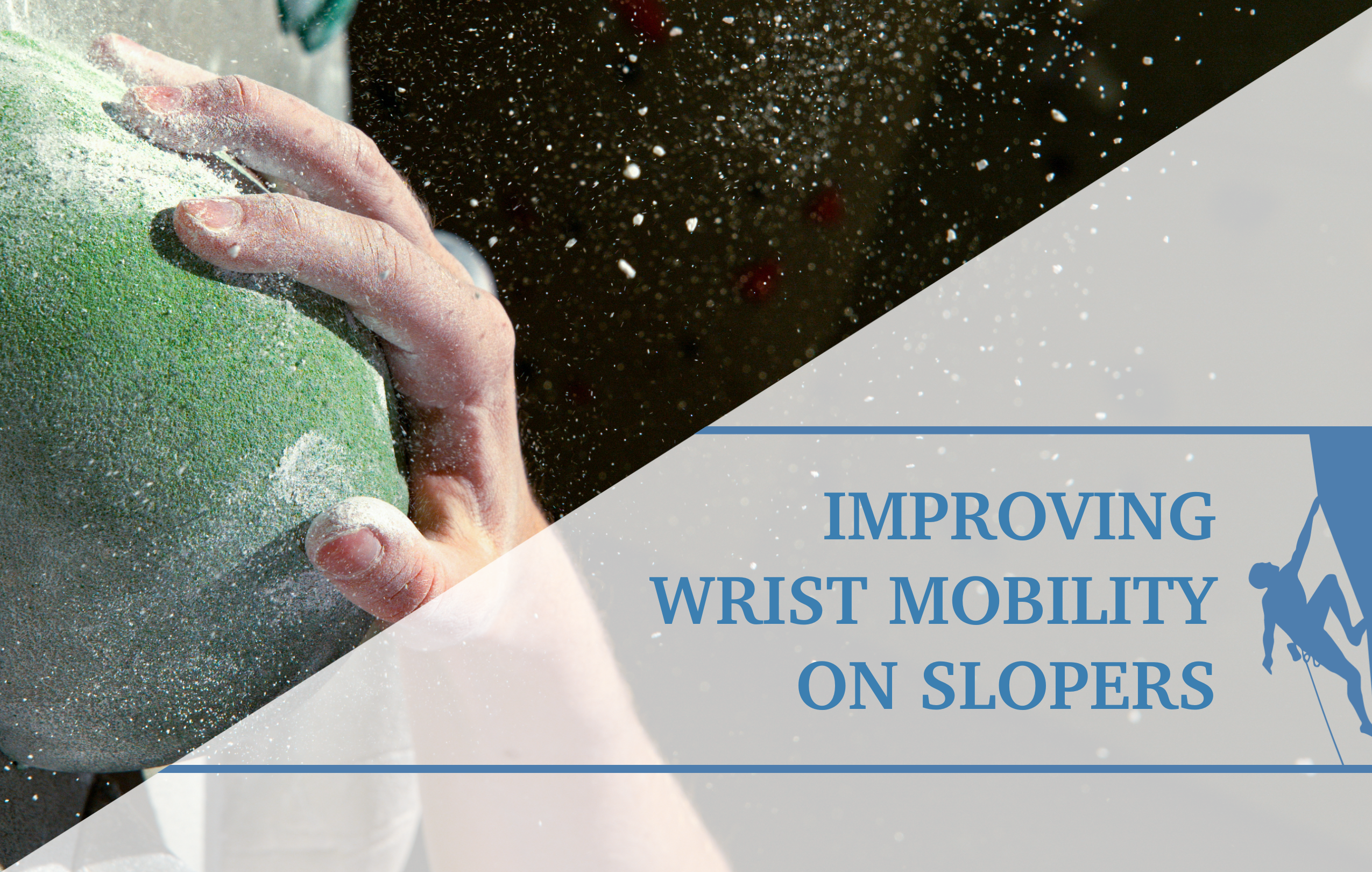
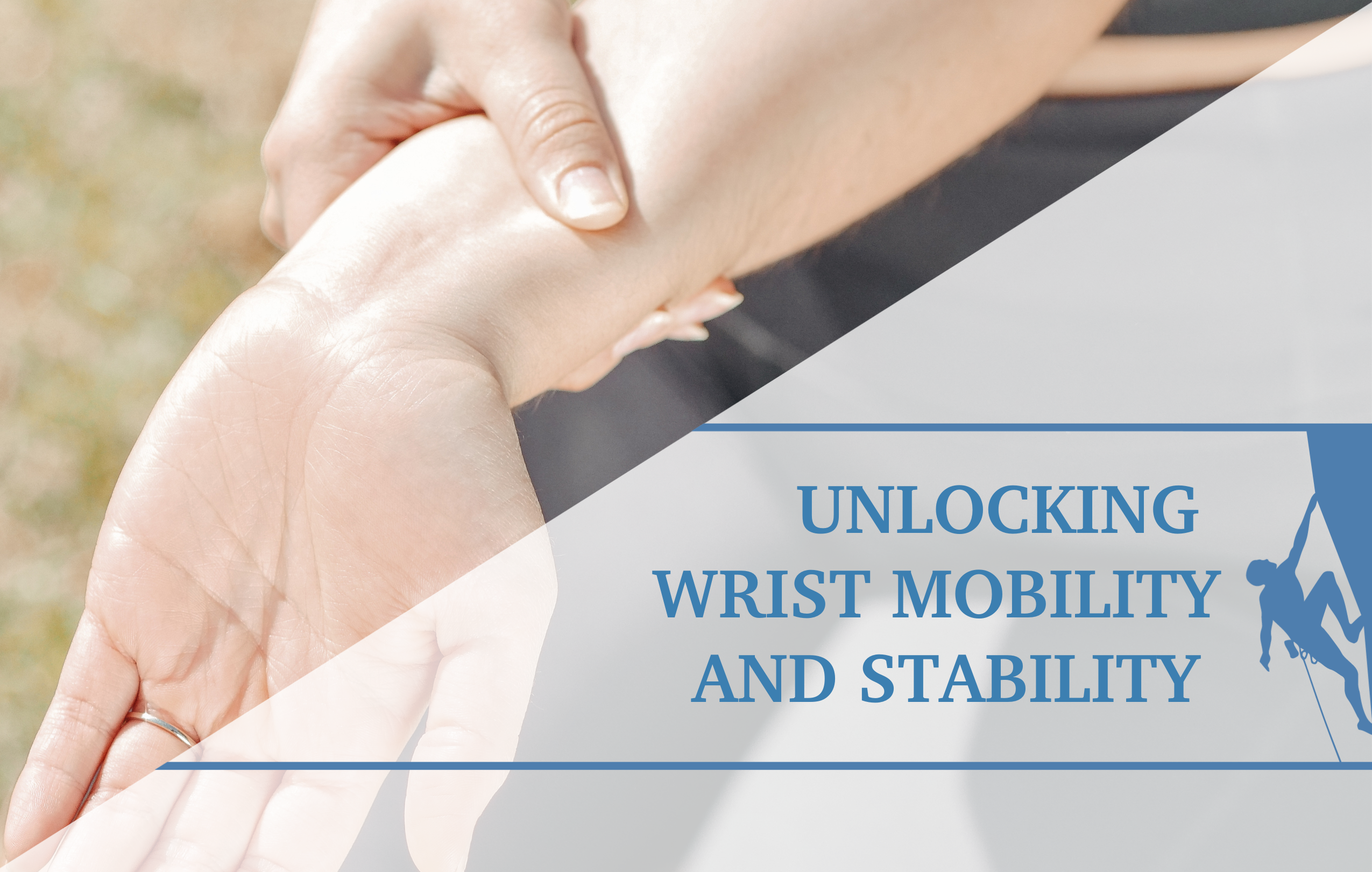
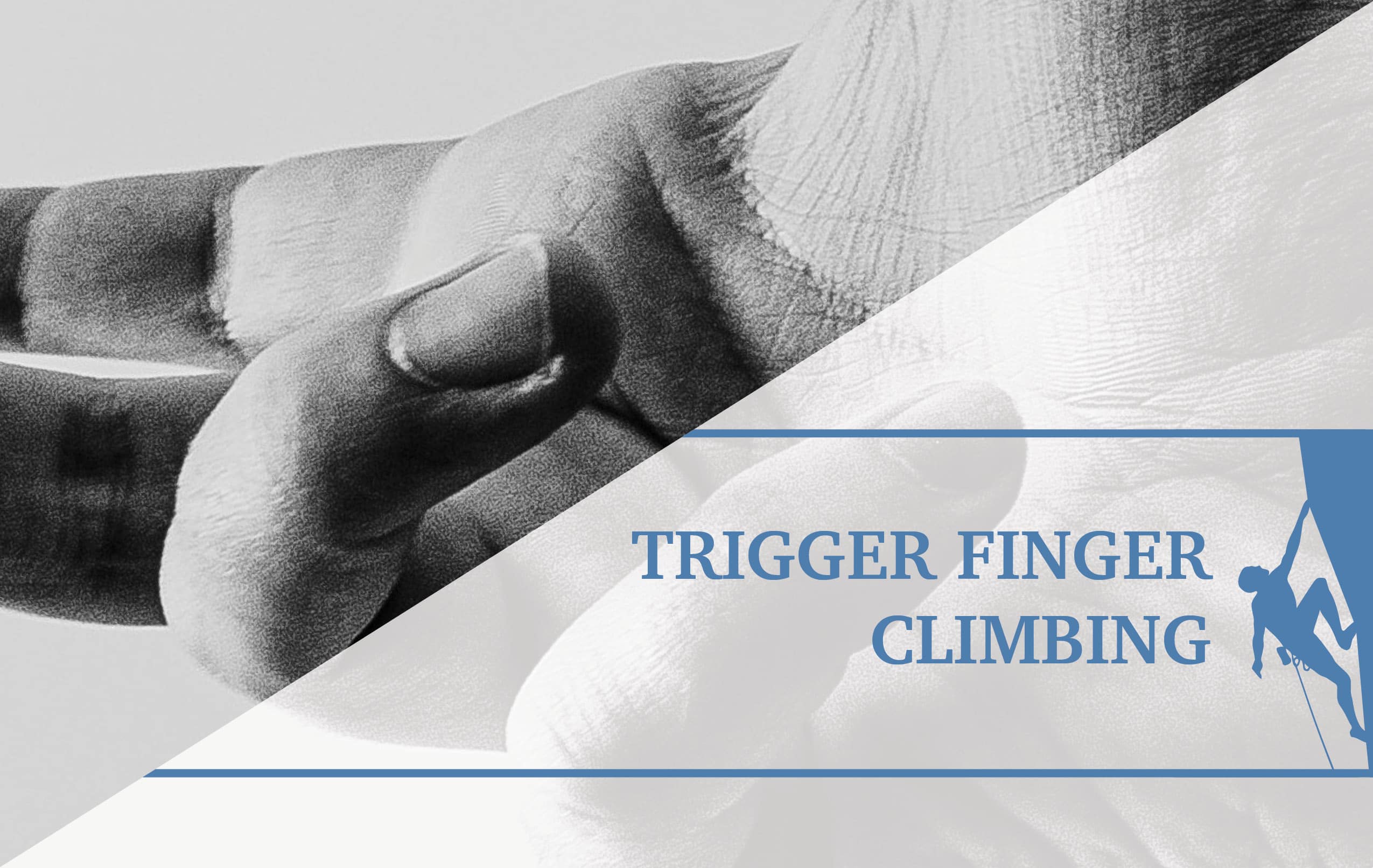
this article is perfect. huge help and understanding as to why I’ve got pain at the moment. very simply guide and visuals to support the rehabilitation. thank you
Thank you for the insight into this condition, so helpful!